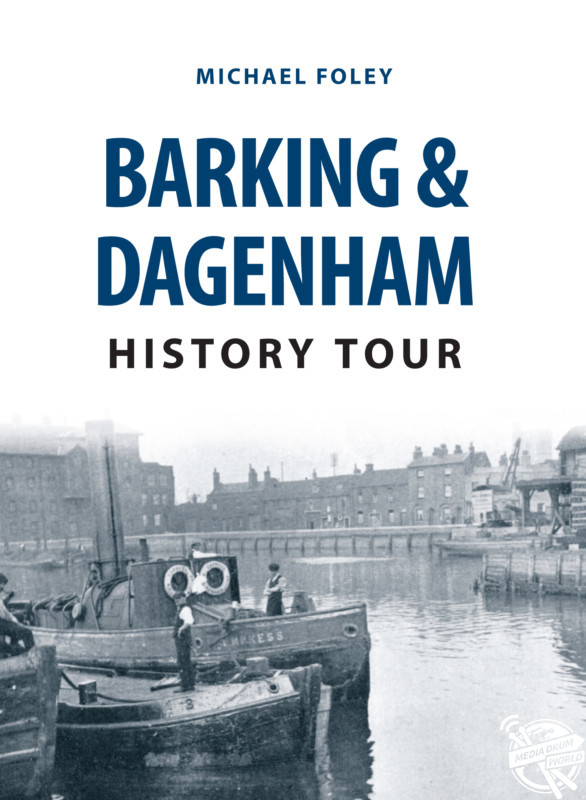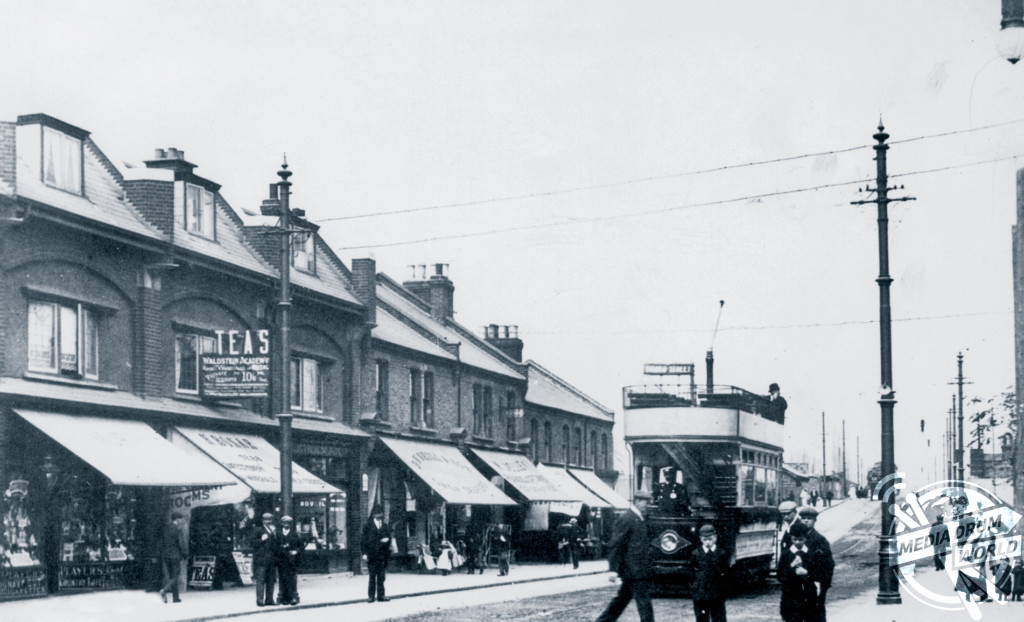By Rebecca Drew
NOSTALGIC black and white images have revealed what the streets of the East End used to look like thanks to a new book.
The stunning pictures taken of Barking and Dagenham show people walking past Barking Station which was opened in 1854 at a time when just sixteen trains a day would stop at the station.
One photograph shows men working hard at the Ford factory on Dagenham’s riverfront.
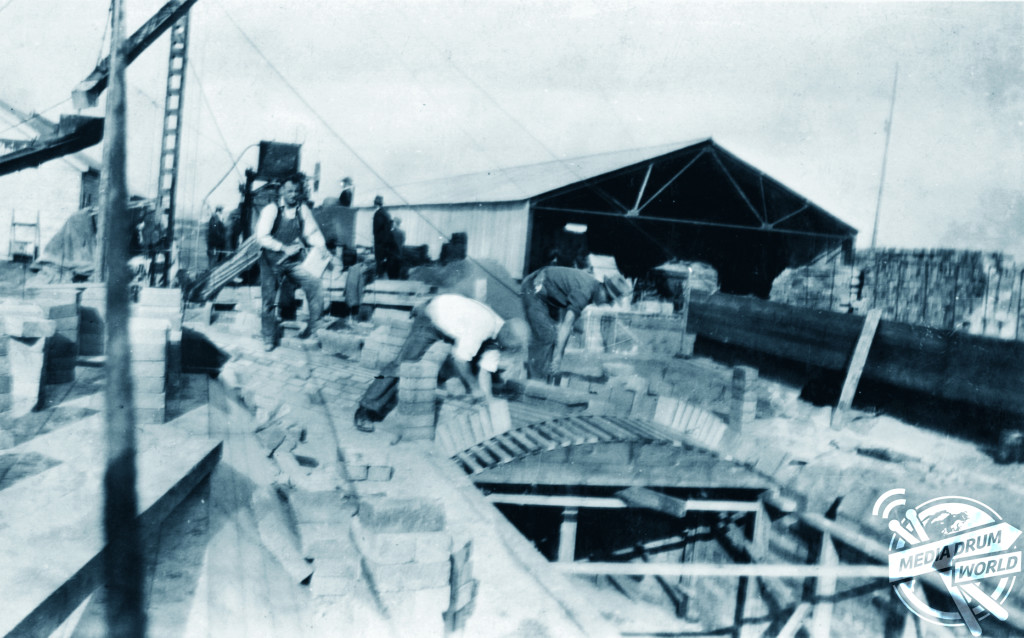
Other shots show Barking’s busy quay and another shows St Margaret’s Parish Church. The pictures have been revealed in the book, Barking & Dagenham History Tour by Michael Foley and is published by Amberley Publishing.
“The towns of Barking and Dagenham have been closely connected throughout history,” said Michael in the book’s introduction.
“In the distant past Barking owed its existence to the abbey that had stood there for centuries. It was burnt down by the Vikings at one point before being rebuilt on an even grander scale.
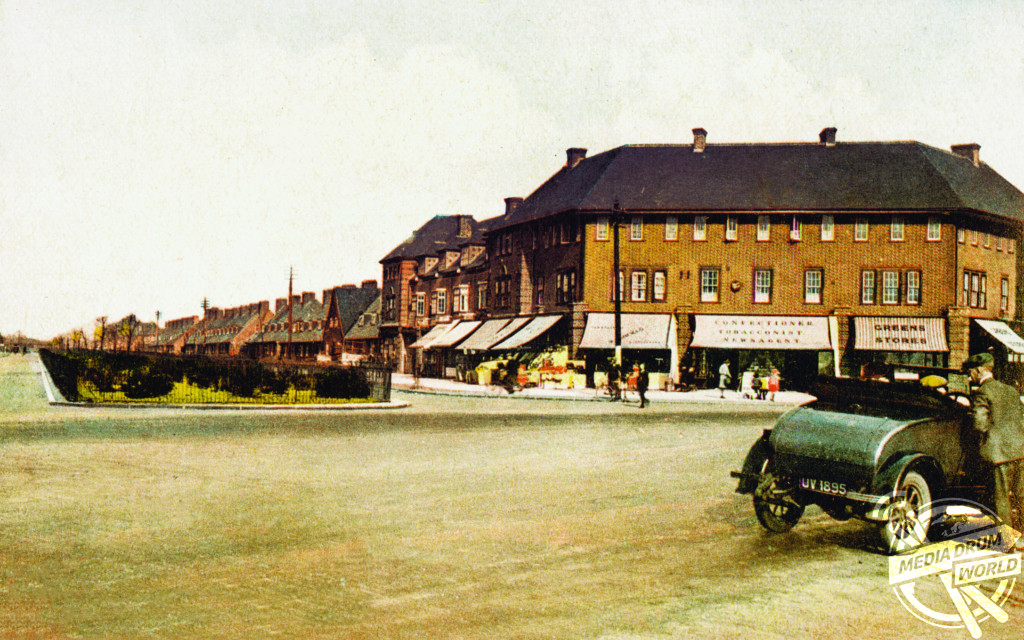
“It was even thought to be a suitable home for a king: William the Conqueror lived there while the Tower of London was built.
“Dagenham, meanwhile, was no more than a tiny village and the land was owned by the abbey.
“The paths of the two towns diverged in later times as Barking became a centre for industry, with a large fishing fleet based at the town quay.
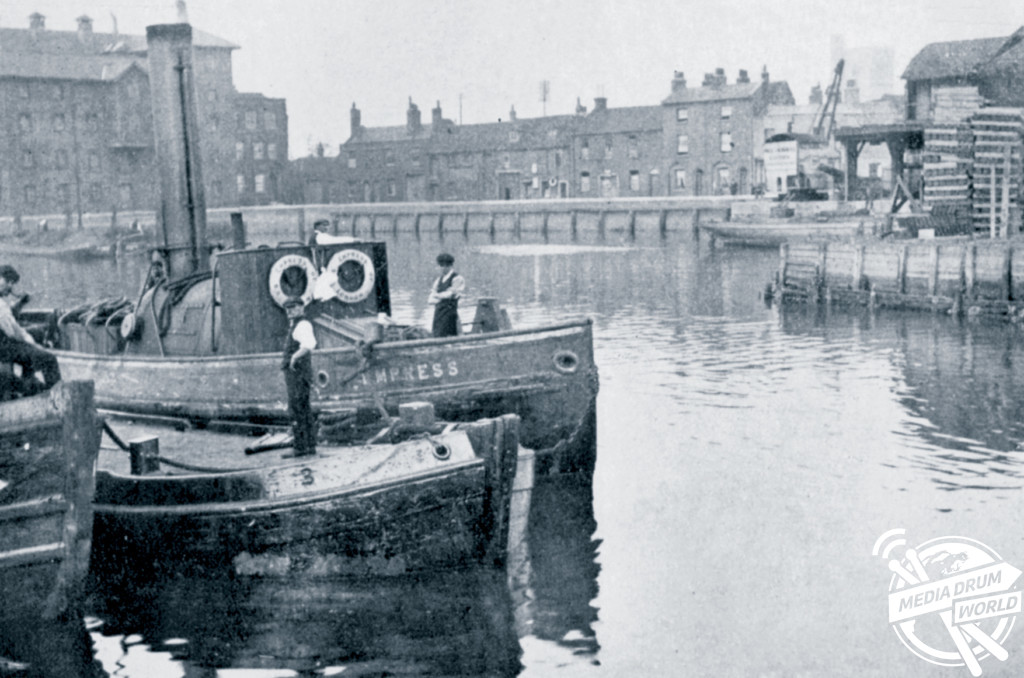
“As this industry declined others came to take its place, again based around the river, which gave easy transport links.
“Dagenham was still a small village surrounded by farmland. It was to stay this way until after the First World War, when the Becontree estate was built to house the people from the overcrowded slums of London.
“It was to become the largest council estate in the world, and the countryside between Barking and Dagenham disappeared under modern homes for the lower classes.”

The London Borough of Barking and Dagenham was formed in 1965. Michael said how this brought the divided towns together.
“Despite the coming together of the two towns, the majority of the estate was in Dagenham and so the towns did develop separate identities with Barking boasting larger, more expensive homes for the better off. This was until the London Borough of Barking and Dagenham was formed unifying the two towns again,” he said.
“Barking and Dagenham is a much-underrated area where London and Essex combine to produce a vivid and interesting area with many surprises for those with time to look.”
